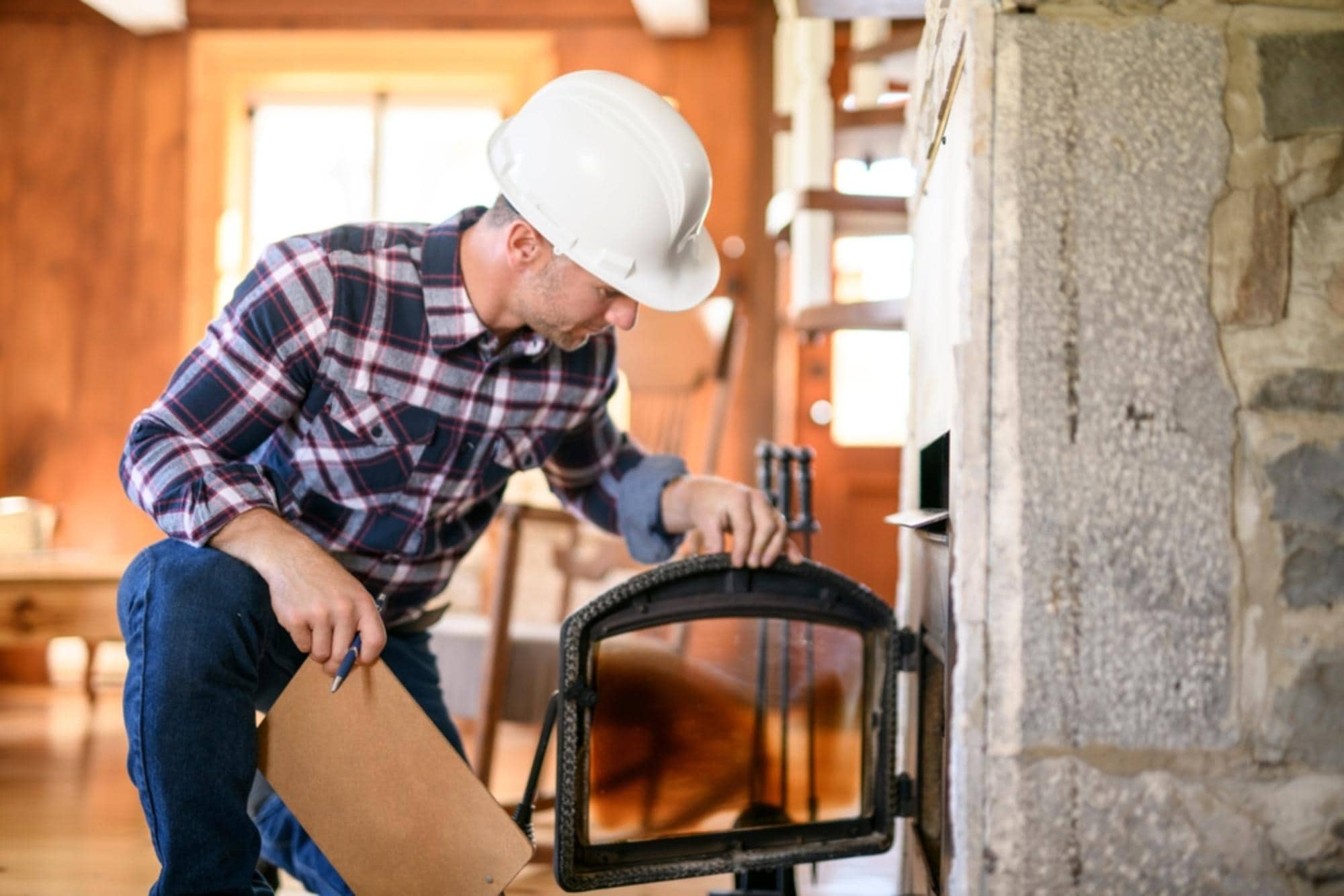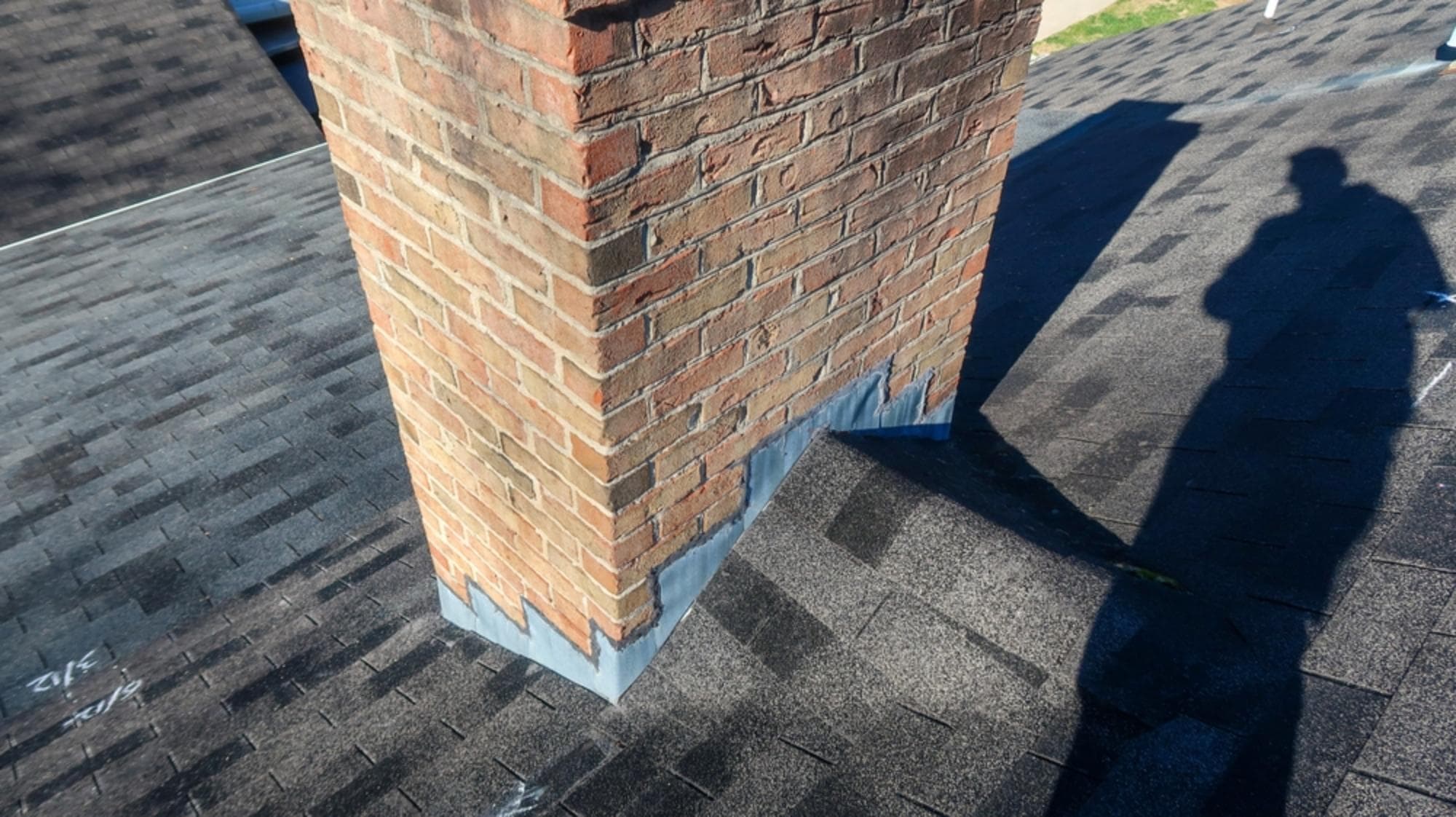Professional chimney inspection that actually finds the problems that matter—before they put your family at risk.

Hear from Our Customers

You’ll sleep better knowing a CSIA-certified technician has thoroughly examined every part of your chimney system. We catch the hidden issues that cause house fires, carbon monoxide leaks, and expensive emergency repairs.
Most homeowners in Greenville don’t realize their chimney has problems until it’s too late. Creosote buildup, cracked flue liners, and damaged crowns don’t announce themselves—they just quietly create dangerous conditions.
Our fireplace and chimney inspection gives you the facts about your chimney’s condition, not a sales pitch. You’ll know exactly what needs attention and what can wait.
Above and Beyond Chimney has been serving Providence County homeowners for years. We understand how Rhode Island’s coastal moisture affects chimney brickwork and the specific challenges your chimney faces here.
Our CSIA-certified technicians know the difference between a real problem and normal wear. We’ve built our reputation in Greenville by being straight with homeowners—no scare tactics, no unnecessary upselling.
When we inspect your chimney, you get clear answers about its condition and practical recommendations for keeping your family safe.

First, we examine your firebox, damper, and smoke chamber to ensure everything operates properly. Then we inspect the flue liner—often with a camera—to check for cracks or deterioration that could allow dangerous gases into your home.
Outside, we assess your chimney crown, cap, and flashing for water damage. We also check the exterior masonry for loose bricks or failing mortar joints that compromise structural integrity.
You’ll receive a detailed report explaining our findings in plain language. If we find issues, we’ll show you exactly what needs repair and help you understand the priority level of each item.

Ready to get started?
Every chimney sweep inspection covers your complete chimney system from firebox to chimney cap. We check damper operation, flue liner condition, and smoke chamber integrity. Our exterior assessment examines the crown, cap, flashing, and masonry.
In Greenville’s climate, we pay special attention to freeze-thaw damage and moisture intrusion—common issues that affect Rhode Island chimneys. We also look for animal nests, debris buildup, and creosote accumulation that can create fire hazards.
You’ll get a comprehensive report with photos documenting our findings. We explain which issues need immediate attention for safety and which can be planned for future maintenance.
